Silo Art Trail
by John
Camping on the bank of the Murray River was just sublime. Good weather, beautiful surroundings, quiet and solitude, wildlife, brilliant night skies and endless blue day skies, exploring the Hattah Kulkyne National Park and Sunset Kulkyne National Park. Swimming, campfire cooking, good wine and good company.
But all good things come to an end, and wet weather was on the way, so we packed up, and set off home. First step was to negotiate the awful entrance track. 20-30 minutes of vehicular destruction and bone shaking. Off track driving is strictly forbidden to protect the easily damaged vegetation, but boy was it tempting.
We took a longer route home, involving an overnight stay in the western Victorian town of Horsham. That was so we could be at the opening time of the Stick Shed at Murtoa. See my post “Now, This is a shed” March 20 2021. And the route was chosen to see as many wheat silos as possible. North Western Victoria varies from desert to dry country, and the dry country is mostly used to grow wheat. Tall concrete silos dot the towns and countryside, and many of them have been painted.
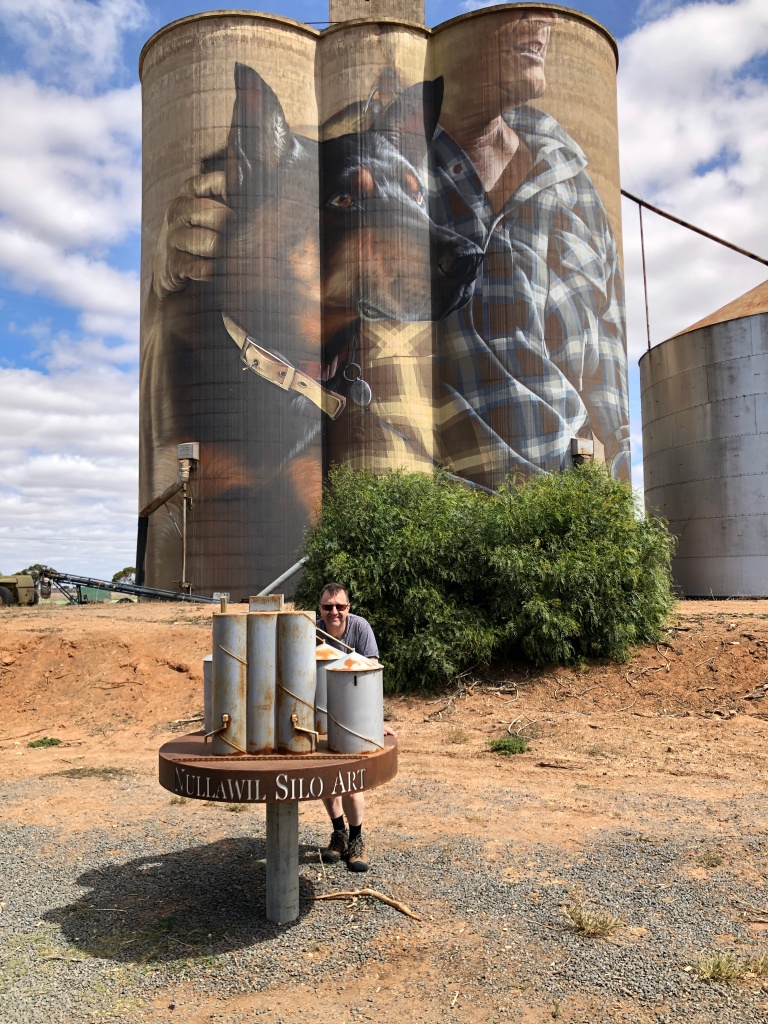
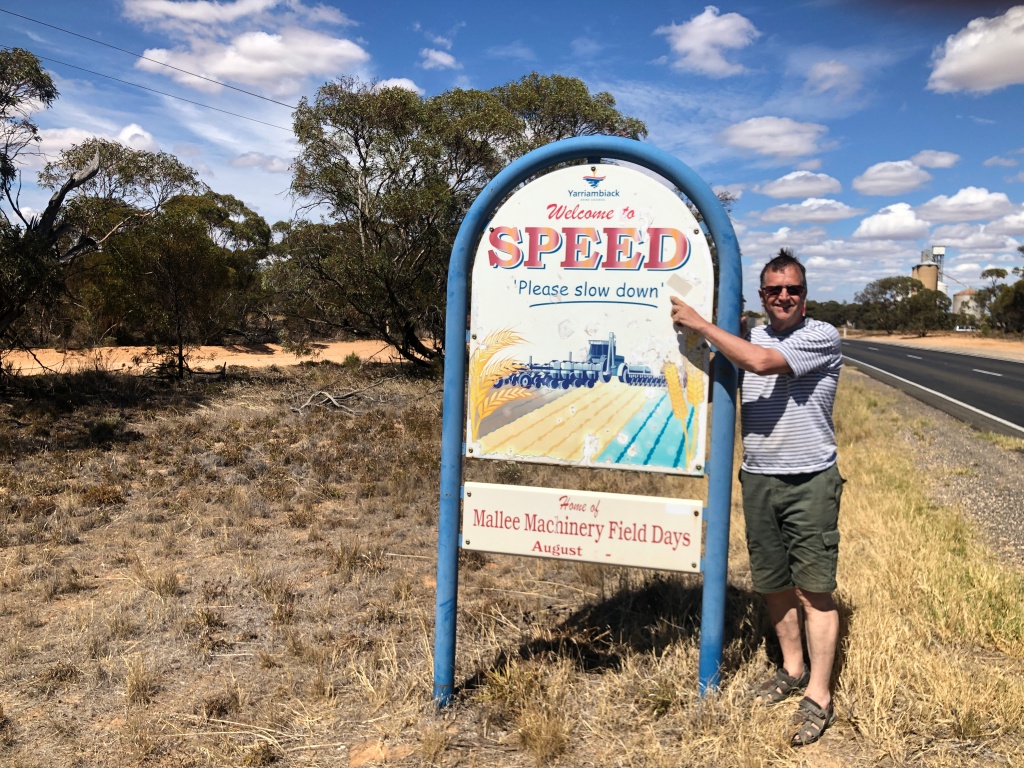
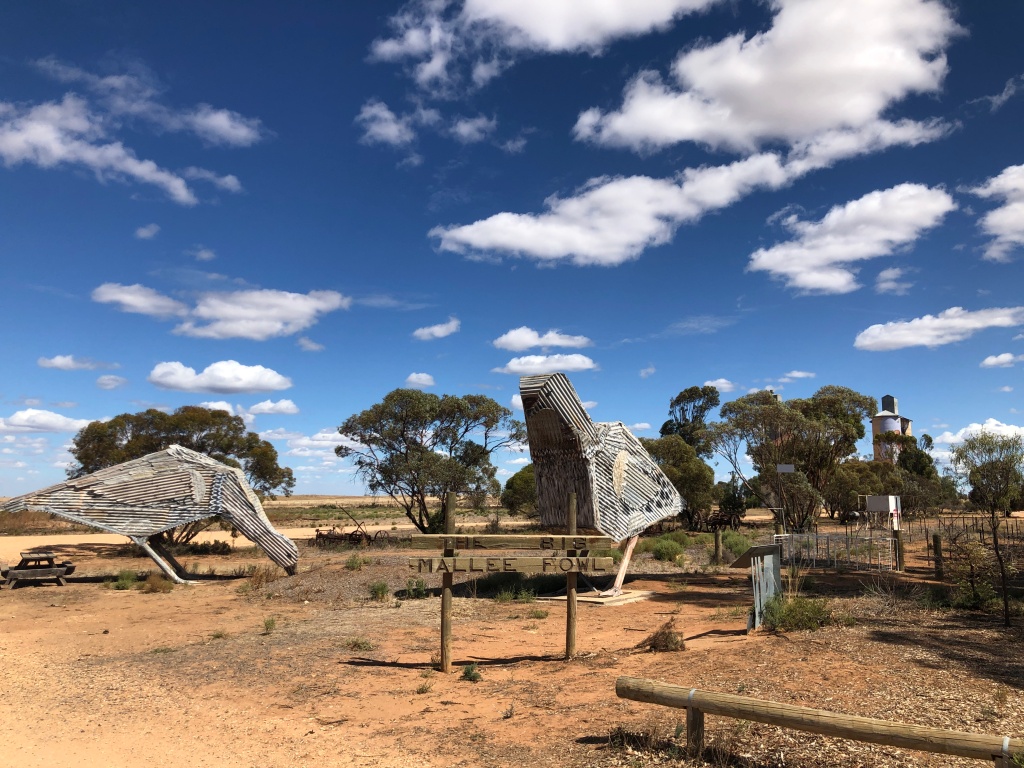
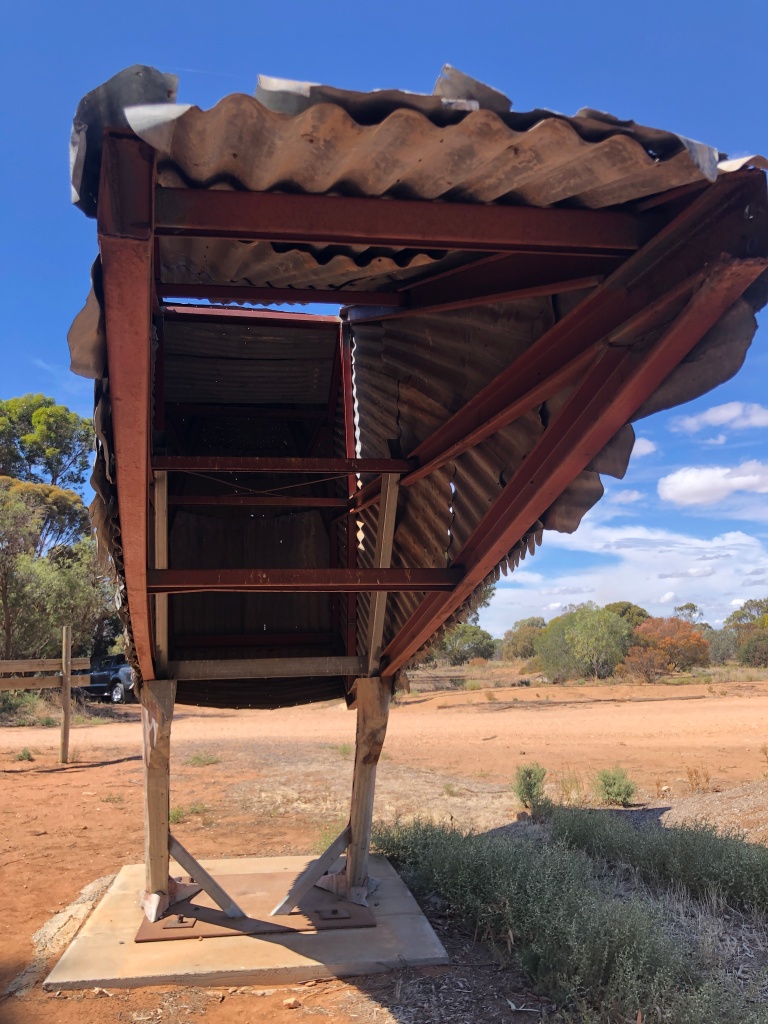
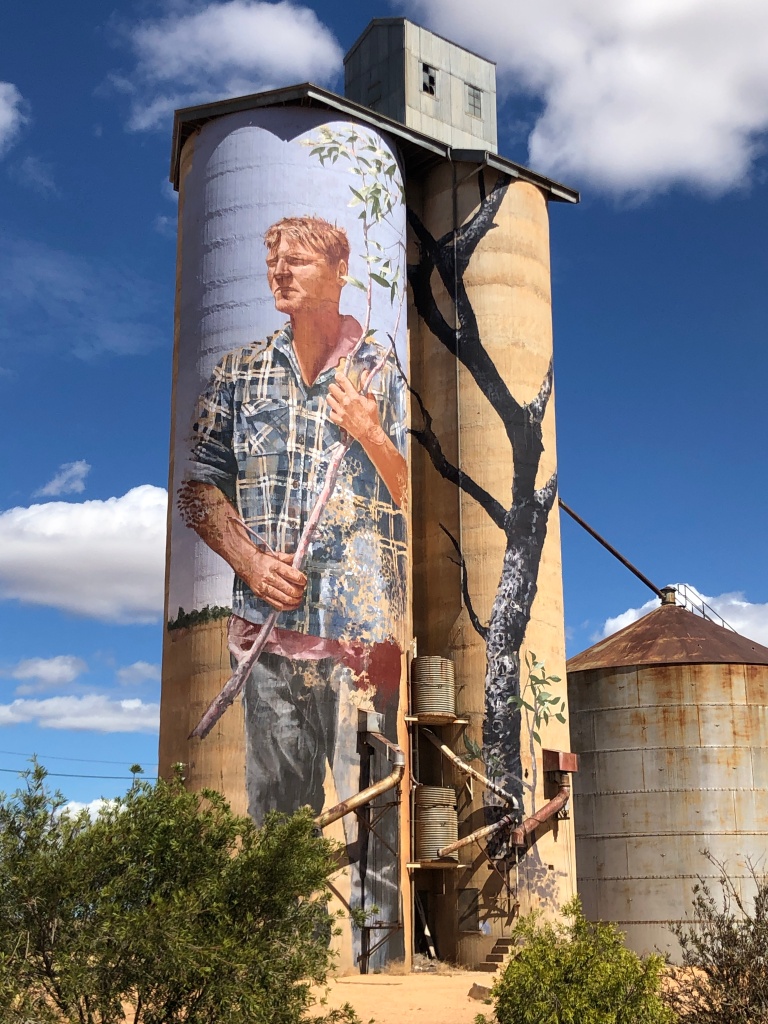
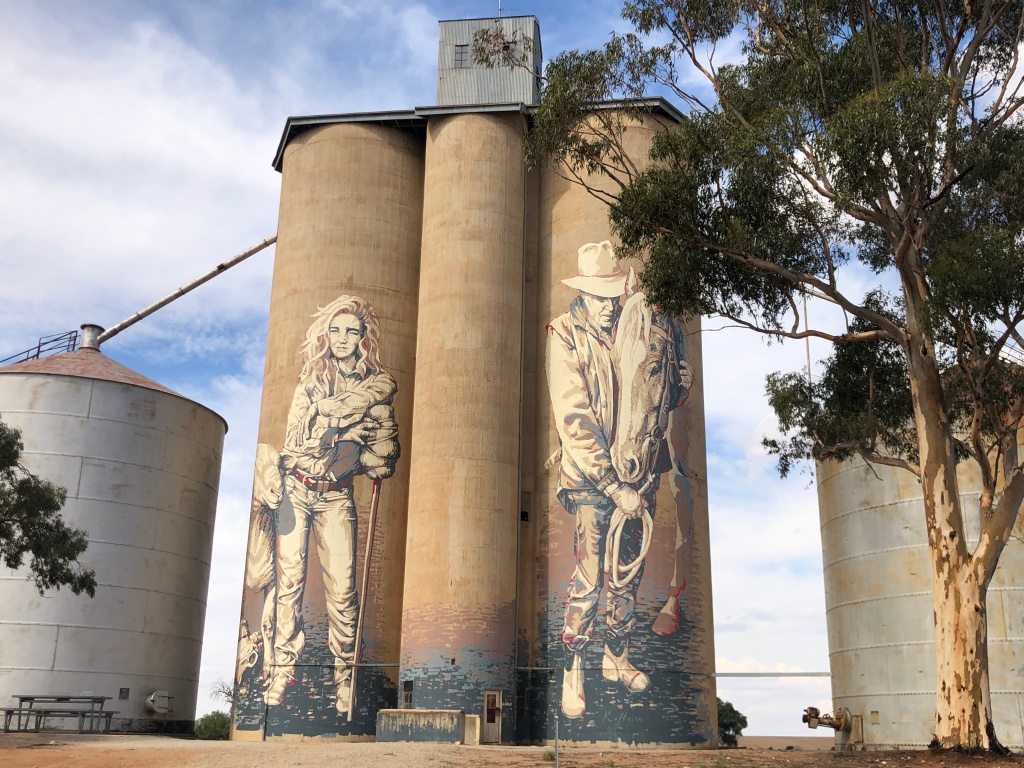
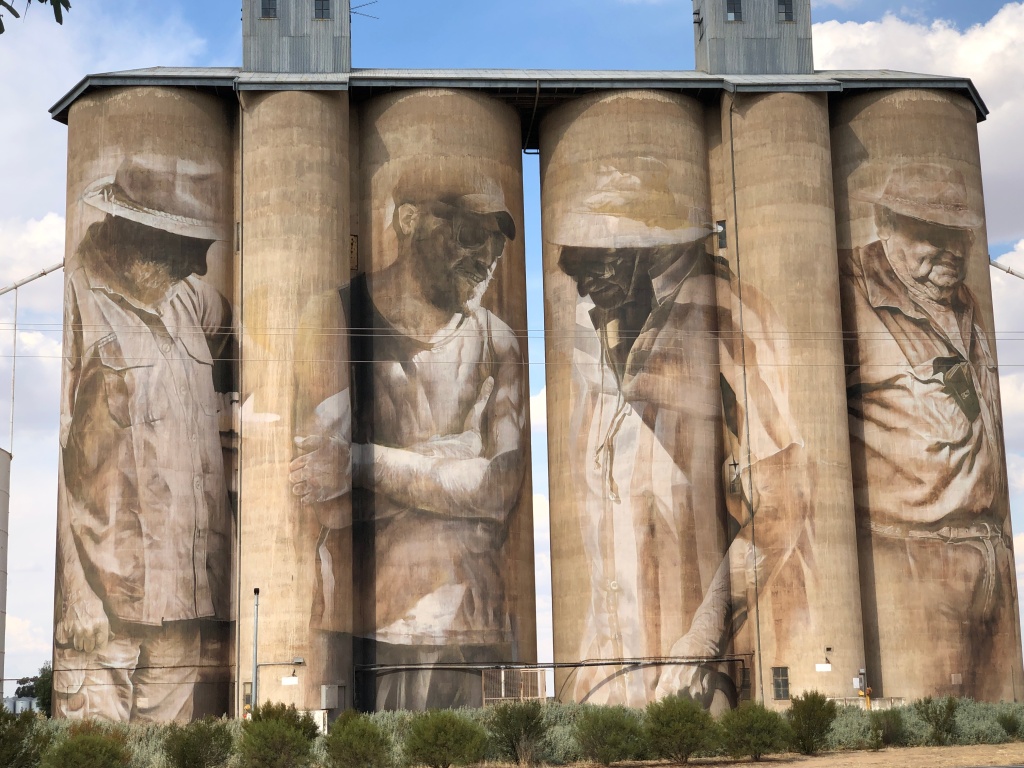
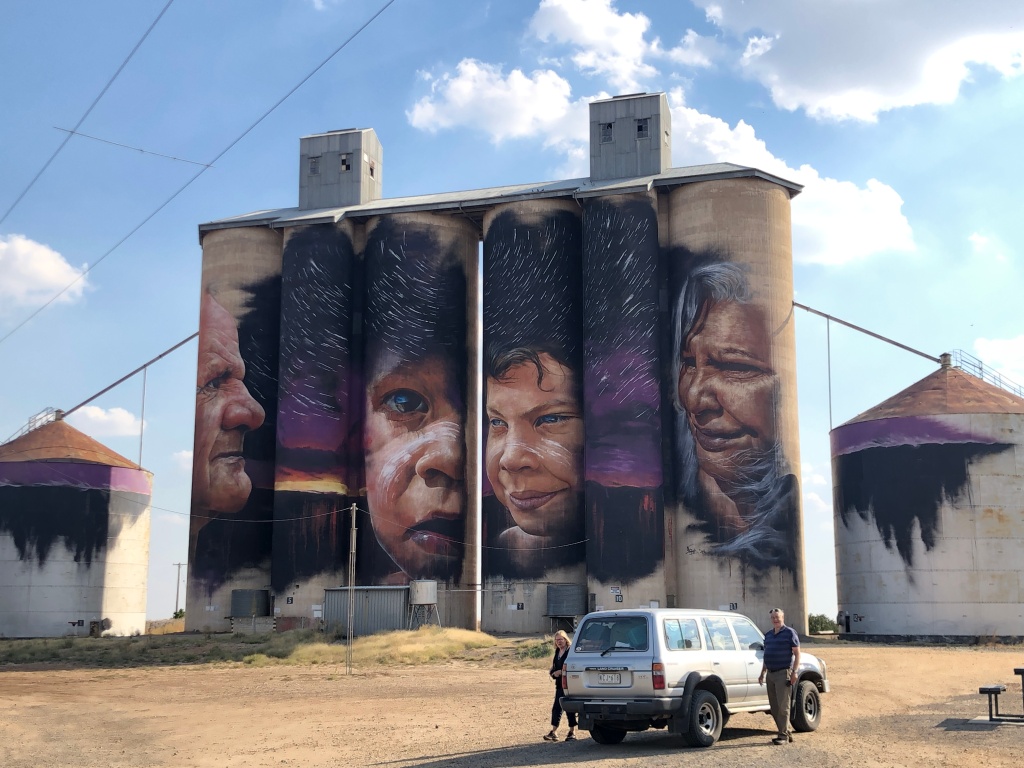
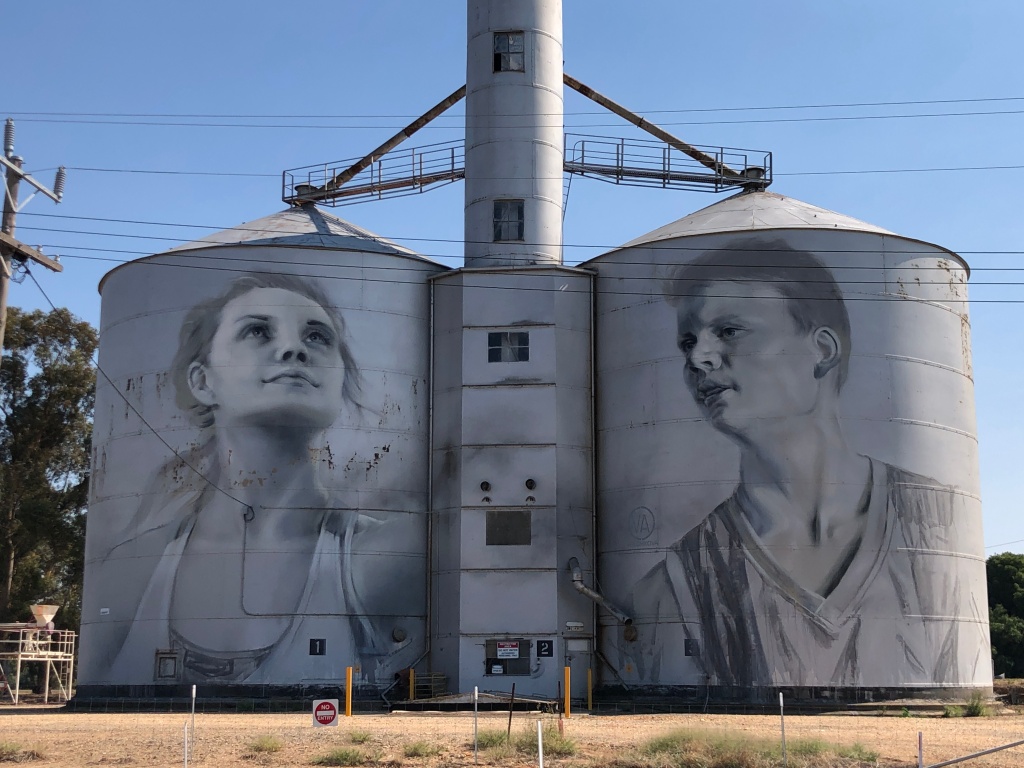
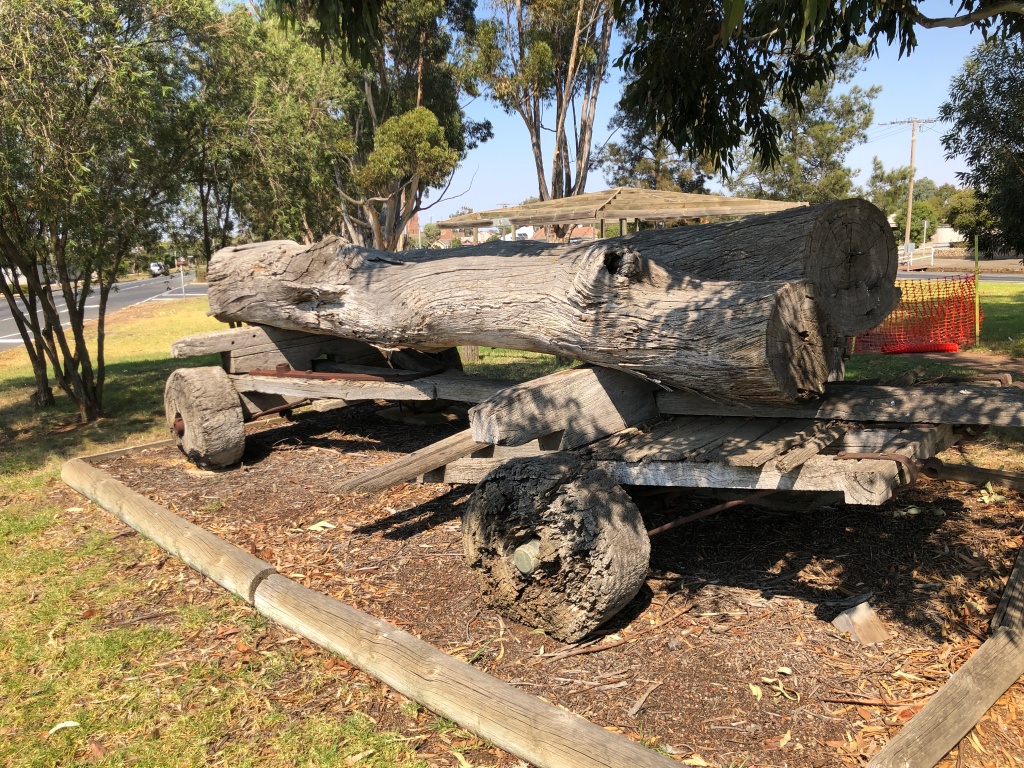
The paintings typically take 2-3 months to complete. Cost was not disclosed, but the increased tourism has more than justified the cost. We did wonder if upkeep of the paintings had been factored in.
Returning to model cannon next post. Riveting stuff!

I have always dreamed of traveling to Australia and experiencing different tours. My friend mentioned a silo art tour here in Victoria, and I can’t wait to share it. I’m a fan of the arts; I love to paint, and I love to see other artists paint too.
LikeLike